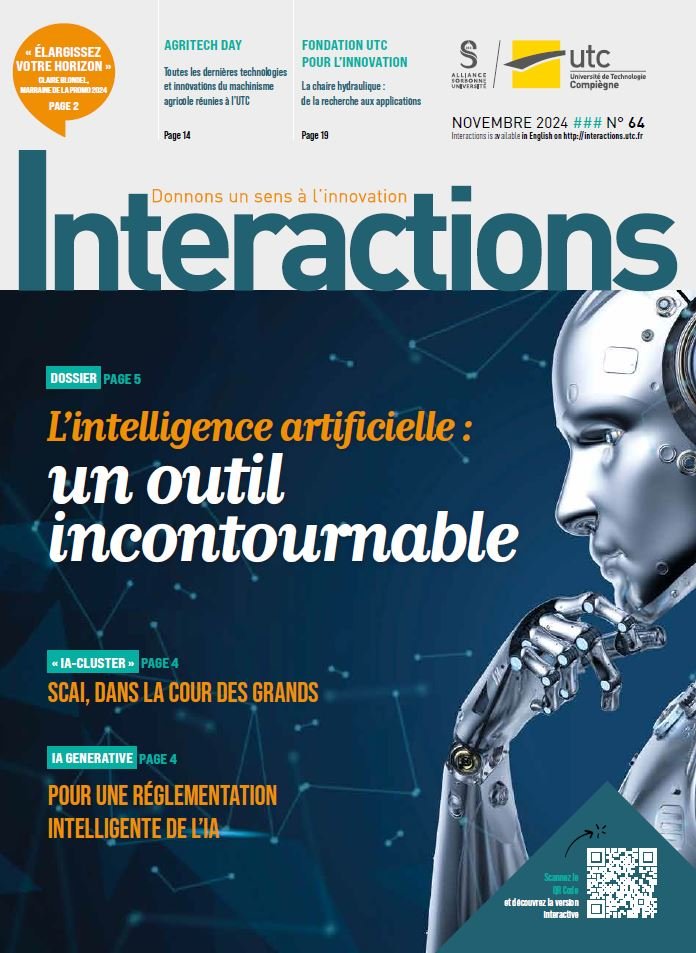These theses that change life: Information and Systems Technologies: safety factors and energy saving for wireless sensors

It has a small memory, a small processor and a small battery … indeed these sensors have everything on small-scale, especially when they are installed in network configuration and this opens up very wide horizons for both research scientists and industrialists.
“The military can use them, for instance, in air-drops over battle fields”, explains Walid Bechkit. “The sensors can be deployed in a random fashion, then organize themselves to carry out surveillance missions and transmit data back up the command chain”. On a more pacific level, sensors were dropped in the USA into forest fire zones. “We can also work with devices that are carefully placed, for example, to monitor hospital or out-patients, senior citizens or to control buildings”, adds Walid Bechkit, who made the choice to join the UTC-Heudiasyc Laboratory obtaining his PhD in 2009, after first completing his engineering cursus, majoring in computer science and doing his end-of-studies dissertation, on wireless network sensors.
After examining some routing problems (data routing) for his end-of-studies dissertation, the young PhD student worked on energy and safety issues. “Sensor networks often relate to sensitive areas: consequently, we must be able to cypher the data”. Existing devices used to transmit data safely over Internet require large amounts of power consumption. “My contribution consisted in proposing a smart network building protocol that can be applied intelligently to sets of cryptographic keys which leads to less memory needs and hence lower computation time and less power consumption”.
In parallel, research scientist Bechkit has been working on the Agrosens project sup on the question of sensor energy capacities, supported by the Picardie Region. Placed in a field and connected to a probe these USB-key sized sensors provide and transmit very accurate data as to ambient temperatures and humidity levels. “These networks allow us to have predictive models for crop disorders such as mildew for potatoes and to be able to monitor real-time appearance”. The sensors can be used also to identify the optimal moment to harvest or to predict the exact amount of water needs for a self-standing irrigation. The only drawback that the low power level of each sensor allows it to transmit only up to a limit of 100 meters. “Consequently, we proposed multi-jump routing models to cover large arable surfaces”.
During their investigations, the research scientists noted that higher temperatures lower the maximum transmission range. They therefore prepared a protocol to adapt the sensor network to temperature changes. “Generally speaking, we observe that the networks are always over-scaled”, details Walid Bechkit. “Our protocol enables the operators to lower the transmission level when the temperatures drop and that alone leads to substantial energy savings”. A first approach to putting a number of nodes (the term used by scientists) in standby mode led to a drop of some 20% of electric power consumption.
Autonomy is a key when it comes to deploying sensors. Walid Bechkit, who today hold a position as senior lecturer at INSA-Lyon, is still working on sensors, focusing more, however, on the urban models to monitor factors such as pollution levels.




